California’s Incarceration Reality
California’s incarceration reality is a complex tale of high numbers and stark contrasts. With an incarceration rate of 494 per 100,000, the state faces challenges few other democratic regions do. The California Supreme Court has recognized the economic burdens on incarcerated people, yet progress remains slow. In recent years, criminal justice reforms aimed at reducing these numbers have shown promise. However, racial disparities persist, with Black and Latinx communities disproportionately represented. Organizations like the Prison Policy Initiative continue to spotlight these issues. Despite fears, crime rates, including the violent crime rate, have seen declines. The California budget is stretched, driving a push for a more just and equitable criminal justice system.
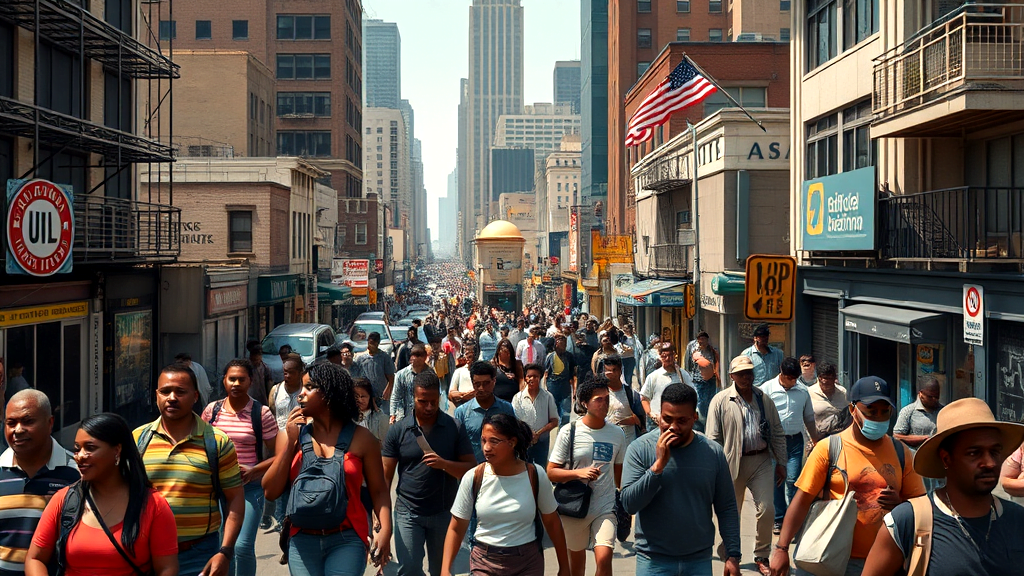
The Growth of Imprisonment in Four Decades
The expansion of imprisonment in the past 40 years in California paints a vivid picture of mass incarceration. By 2020, over 199,000 individuals were confined in various facilities. This surge is partly due to strict sentencing laws from previous decades. Even with attempts at reform, the legacy of these laws remains.
Racial disparities magnify the challenge, with Black and Latinx communities bearing a disproportionate share of incarceration’s burden. This indicates persistent systemic biases. Despite these hurdles, criminal justice reforms have made some headway in addressing these disparities.
Organizations like the Prison Policy Initiative are critical players in pushing for change, advocating for fairer systems. Meanwhile, crime rates in California have not spiked as feared; they have declined over recent years. This serves as a reminder of the complex factors influencing the state’s justice system, balancing safety and equity. The journey continues for a more just California.
California’s Incarceration Rates in Global Perspective
California’s incarceration reality stands out starkly on the world stage. With an incarceration rate of 494 per 100,000 residents, the state finds itself exceeding many of its democratic counterparts. This paints a profound picture of California Massincarceration. Comparing incarceration rates worldwide, California’s figures underscore the extent of its challenge. The state’s approach has long sparked debates, as reforms aimed at curbing these numbers often clash with past policies.
The California Supreme Court has occasionally played a pivotal role in influencing these outcomes. Despite these efforts, the number of incarcerated people remains high. The state’s budget faces immense pressure due to these dynamics. Interestingly, violent crime rates have not mirrored increases in incarceration rates. Meanwhile, organizations like the Prison Policy Initiative continue advocating for change. As the ACLU responds to these challenges, the conversation around Black and Latinx communities and their disproportionate representation remains crucial.
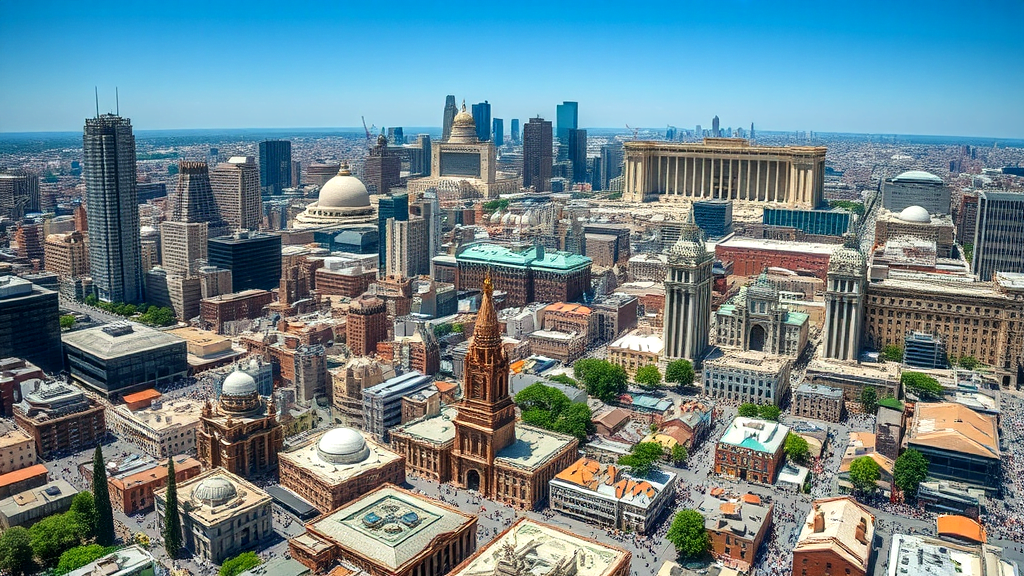
Racial Disparities in California Prisons
California’s prison system is marked by racial inequalities, affecting Black and Latinx communities. They are disproportionately represented, revealing systemic biases. Such disparities reflect broader societal issues, hinting at a need for deeper reform. The California Supreme Court occasionally steps in to mediate these challenges, though the number of incarcerated people remains high.
Moreover, the state’s budget wrestles with the financial strain of maintaining its vast prison network. This situation paints a vivid picture of California Massincarceration’s impact. Reform efforts face hurdles, yet crime rates haven’t surged, countering common fears. The Prison Policy Initiative is one of the many organizations advocating for change, striving for a balanced system.
Despite these efforts, the violent crime rate in California has not correlated with higher imprisonment, indicating a complex relationship between policy and outcome. The journey to address racial disparities continues, requiring more than just legislative tweaks.
Beyond Prisons: A Broader Criminal Justice System
Looking beyond traditional incarceration, California’s correctional system is vast. With 259,000 individuals under probation and parole, it illustrates the extensive reach of California Massincarceration. This broader system is a key piece of the puzzle when discussing reforms and their impact on incarcerated people. Efforts like the Prison Policy Initiative spotlight the need for systemic change and support.
The state’s budget struggles under the weight of maintaining this sprawling system. Yet, interestingly, despite these challenges, the crime rates have not escalated. This defies fears that loosening the grip on incarceration would lead to chaos. Even with ongoing reforms, the relationship between policy and the violent crime rate remains complex.
For Black and Latinx communities, disproportionate representation continues to be a major issue. Addressing these racial disparities demands more than just surface-level changes. It requires a commitment to deep, meaningful reform. Let’s not lose sight of that.
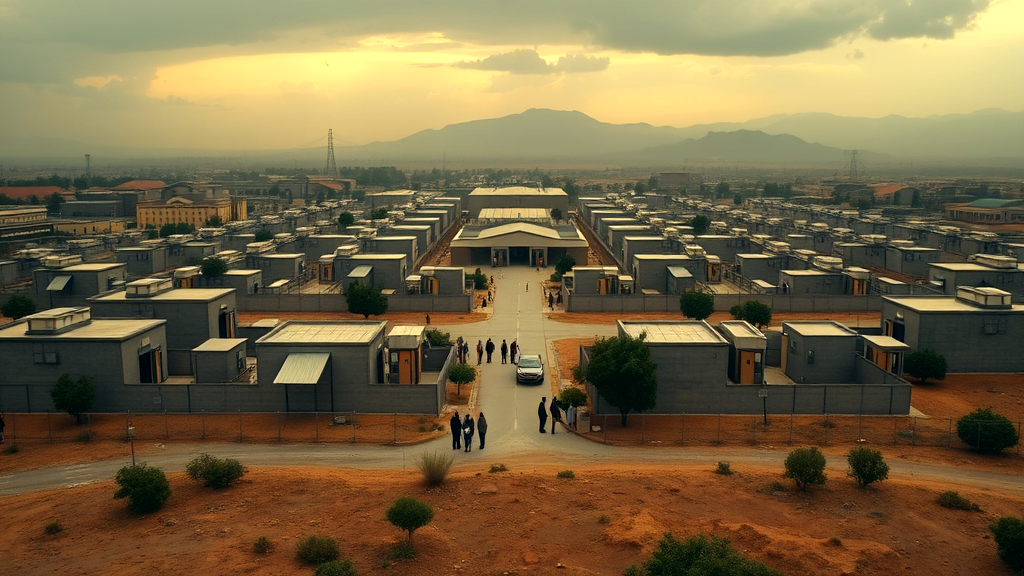
Criminal Justice Reforms Impacting Incarceration Rates
Reforming the criminal justice system has significantly reshaped incarceration numbers in California. These measures aim to address racial disparities, especially affecting Black and Latinx communities. With propositions and laws, the focus has shifted towards reducing the state’s heavy reliance on incarceration.
Despite fears, crime rates have notably dropped. The violent crime rate, for example, has declined, challenging assumptions linking incarceration to public safety. The California budget, meanwhile, grapples with the costs of its vast correctional network. Realignment of funds towards community programs is a promising step.
Through these reforms, the state tackles overcrowding and promotes rehabilitation. This complex journey involves reshaping policies and societal attitudes. As California navigates these changes, the ongoing dialogue remains essential for crafting a just system. With the state’s vast correctional system, the impact extends beyond prisons, influencing the lives of thousands. Balancing reform and public safety is a delicate dance, but progress is visible.
California’s Crime Rates Amidst Reform Efforts
Examining California’s crime statistics during reform shows an unexpected trend. As the state reduces the number of incarcerated people, crime rates have not spiked as feared. Instead, they have seen a notable decline. This is a testament to the effectiveness of recent criminal justice reforms. The property crime rate, for instance, has dropped significantly since its peak. This challenges the assumption that fewer incarcerations result in increased crime.
Interestingly, the California budget has been impacted by these reforms. Funds previously earmarked for prisons are being reallocated towards community initiatives. This shift not just changes how resources are used but also underpins the broader societal transformation. Emphasizing rehabilitation over punishment, California is stepping away from past policies that favored mass incarceration.
For more on this transformation, the report by Prison Policy Initiative sheds light on the origins and effects of these changes. Check out their insights here.

Economic Implications of California’s Prison System
Exploring the fiscal impact of California’s detention system reveals a hefty economic load. The state spends billions annually on prisons, with funds flowing into security, healthcare, and facility maintenance. Aging inmates further strain budgets due to increased healthcare costs. However, California is reallocating resources toward rehabilitation and community programs, aiming to reduce reliance on incarceration.
Addressing California mass incarceration involves shifting focus from punishment to preventive measures. Criminal justice reforms are tackling this challenge by promoting alternative sentencing and reducing recidivism. By prioritizing rehabilitation, the state hopes to ease the financial burden tied to its vast prison network.
Despite these efforts, the economic implications remain complex. While reforms pave a new path, the legacy of over-incarceration continues to influence fiscal priorities. Balancing immediate costs with long-term benefits is essential for sustainable change. This journey toward reform is not just about money—it’s about building a more just society.
Resources and Organizations Addressing Incarceration Issues
Addressing the challenges of California’s incarceration system requires a multi-faceted approach. Several organizations are actively working to provide solutions. The Anti-Recidivism Coalition (ARC) is a key player, offering support and resources for those transitioning back into the community. They focus on mentorship, housing, and job training, helping former prisoners build a new life.
Meanwhile, the Ella Baker Center for Human Rights fights for justice reform by advocating for policy changes. They highlight the need to end racial disparities in the system. This includes promoting alternatives to incarceration and increasing accountability.
In addition, the California Coalition for Women Prisoners (CCWP) concentrates on the unique challenges faced by incarcerated women. Their advocacy includes healthcare access and family reunification.
All these organizations play a critical role in pushing for a more equitable system. They aim to transform lives, reduce the state’s dependency on incarceration, and close the chapter on mass incarceration.

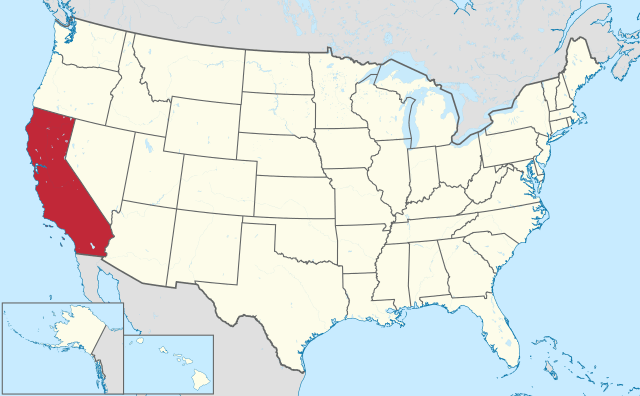
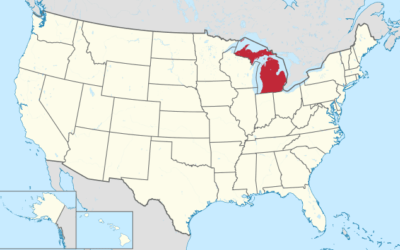
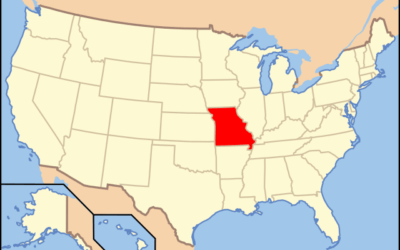

0 Comments